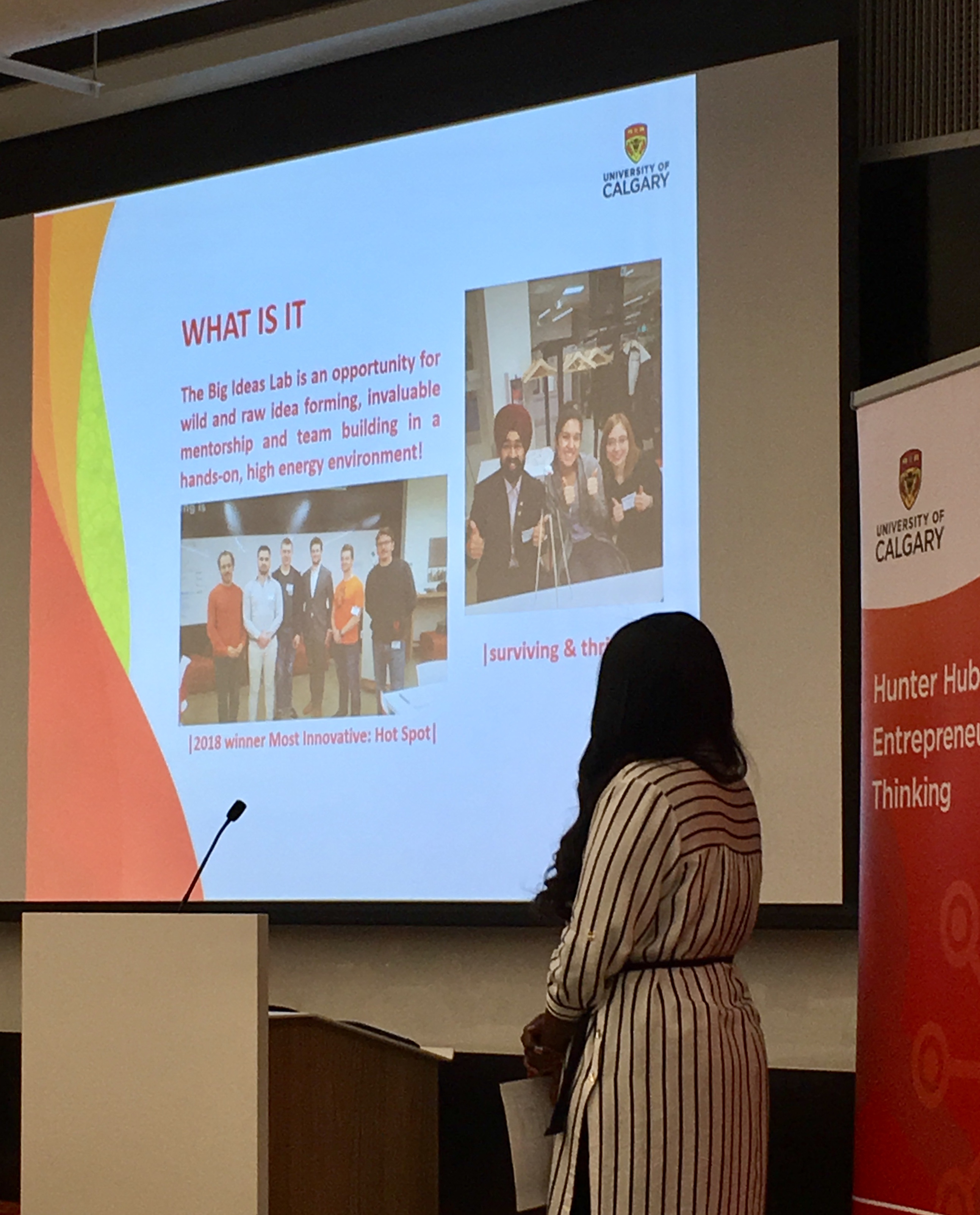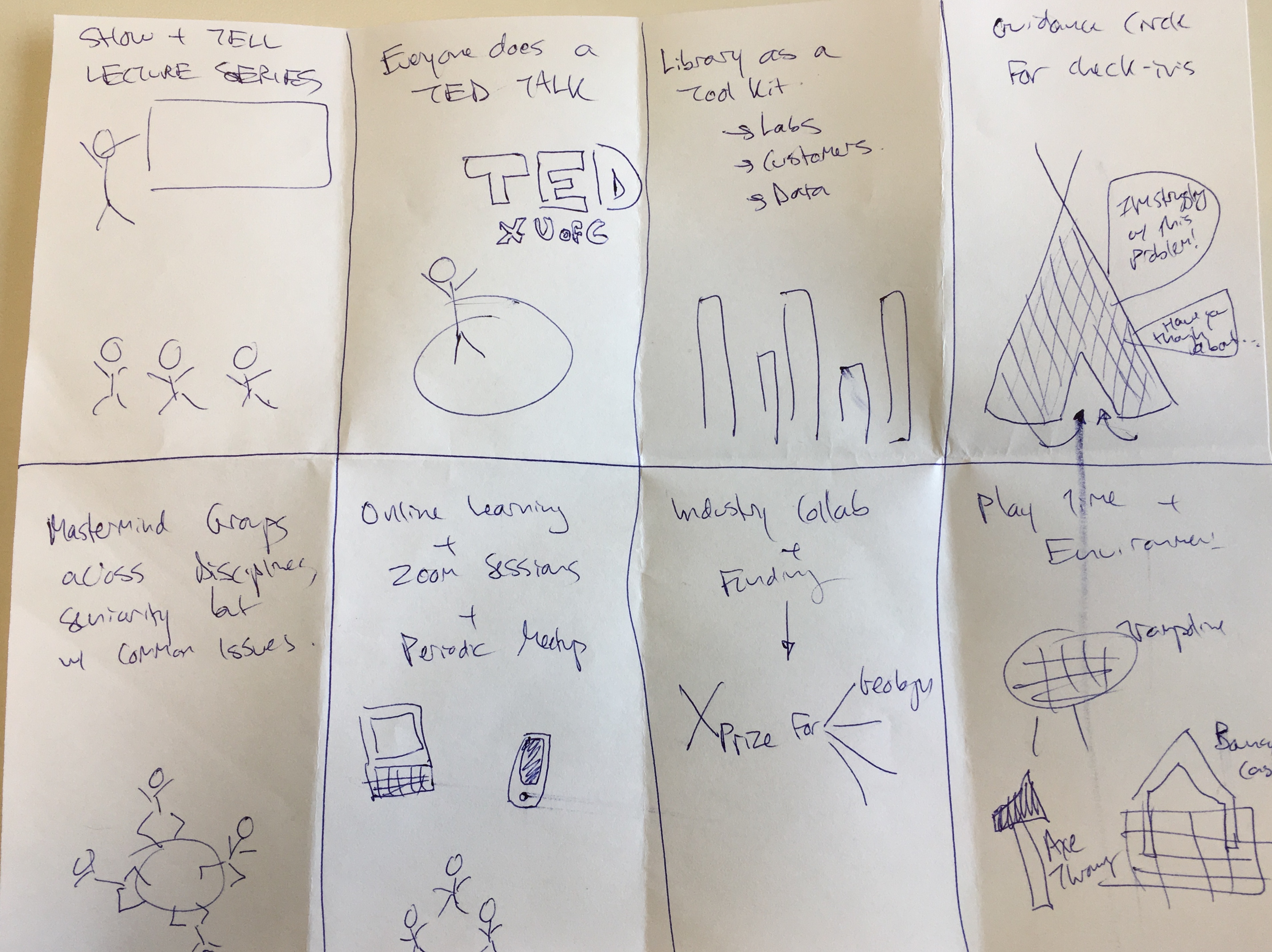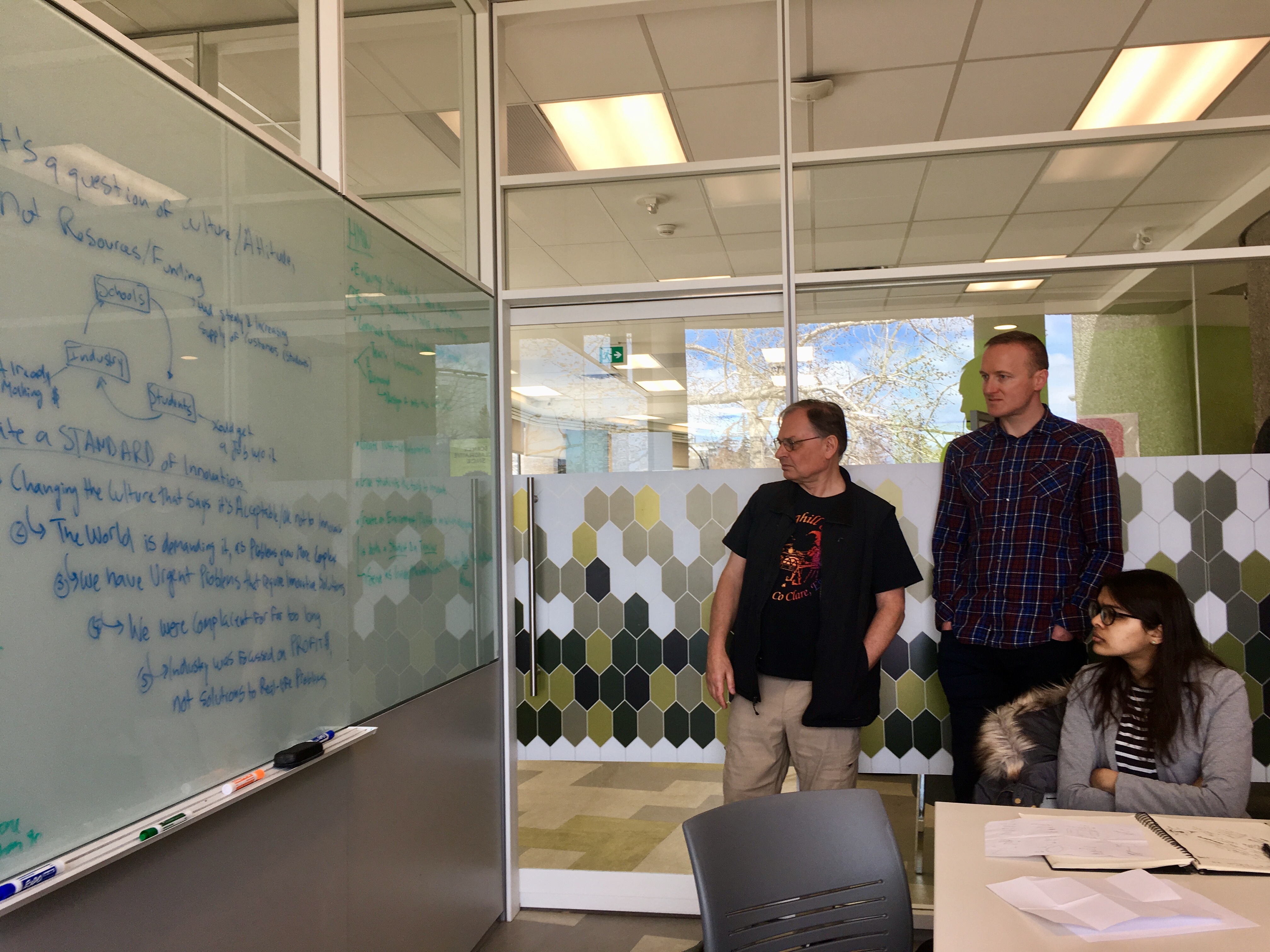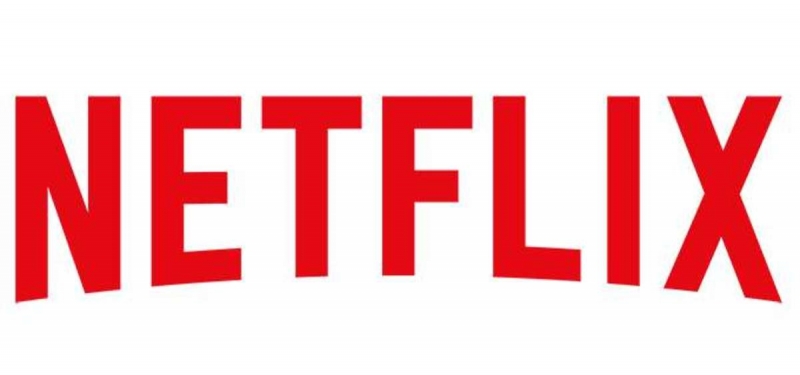Re-imagining the role of
post-secondary education
in a rapidly changing world
Context
To understand the role of traditional post-secondary institutions in an era of rapid technological change, the University of Calgary (U of C) hosted a design competition called the Big Ideas Lab with the intention to assemble teams of students and working professionals to consider how the institution might adapt to suit the needs of future learners.
In setting out the challenge, the University asked participants to consider:
- How do we transition Canadian Universities into Teaching, Research and Innovation powerhouses?
- How can institutions adapt while simultaneously delivering their current mandate?
- Will the transition require evolution or revolution?
Role
As a past Senator of the U of C, I was familiar with its efforts to join the ranks of the top five research-intensive universities in Canada while engaging students through a variety of teaching and learning opportunities. Having recently volunteered with the Creative Destruction Lab – Rockies, an incubator for deep technology plays based out of the business school, I was also familiar with the University’s ambitions to grow its support for entrepreneurship by overhauling its licensing model and pairing start-ups with industry mentors to bring new technologies out of the lab and into the hands of customers.
As an advisor to several start-ups, I came to the competition with an understanding of the challenges faced by tech companies operating in Calgary as they struggle to attract and retain the talent necessary to successfully scale their business. As a result, I was curious to see how we could reconfigure the U of C’s operating model to better serve its various stakeholders as the education system continues to be disrupted by a range of actors, each with different incentives and motivations.

Process
In our initial attempts at problem framing, our team reflected on a phrase presented by one of the guest speakers on the opening night of the competition: “Learning is no longer a question of access, but motivation”. With this in mind we began considering the attributes of universities whose students have a track record of launching new, innovative businesses and how entrepreneurial approach to learning could be cultivated. An important finding was the mindset of students entering those universities: they expect to launch their own companies going in and expect the university to serve as a launching pad, as opposed to many Canadian students who want to work for such innovative companies upon graduation. By acknowledging these cultural differences we were able to begin framing the challenge in terms of how universities might influence the culture of the students and communities they serve.
Our team began the second day of the competition by enlisting six individuals representing diverse stakeholders for user research and prototyping. The group included two current U of C students (one Undergrad, one Masters), a recent MBA graduate from a competing institution, the U of C’s Associate VP of Research and Innovation, and two external experts, including a representative from Startup Calgary and an innovation consultant. To encourage a dynamic discussion, we mixed the participants several times, presenting them with new ideas for discussion, culminating in several iterations on the role of post-secondary institutions in the future.
Several themes emerged from the research, including prevalence of traditional constructs which restrict the movement of ideas and individuals, including the faculty structure and the nature of tenured positions. As a result, we began to explore the core function of post-secondary institutions and how they could be adjusted to continue serving this purpose in a sustainable way.
In order to focus our efforts we decided to consider “How might we create an environment in which everyone has an opportunity to Learn, Teach and Guide one another?”, acknowledging how technology has leveled the playing field in terms of knowledge acquisition and that innovations are coming from new and unorthodox places.
To gain additional insight our team looked to the U of C’s recent history to determine how it had successfully adapted to change in the past and what it could do build upon its momentum. One important example cited by several users was the introduction of the Creative Destruction Lab (CDL), a mentor-supported incubator dedicated to helping companies with advanced technologies bring them to market as quickly as possible. As a result, we used this example to propose new partnership models between industry and universities, including a greater emphasis on student fellowships within private enterprises and enabling greater research collaboration between the university and private companies.
In Action

To kick off our initial ideation session we engaged in a Crazy 8s exercise which required each team member to draw eight different options to re-imagine the role of universities in the future.

Discussions with the U of C’s Associate VP of Research allowed our team to understand the university’s constraints and develop pragmatic solutions around them.

Working with a group of six test users representing students, faculty and industry, several ideas were developed, evaluated and ranked based on potential impact. Solutions were then sequenced based on estimates of time necessary for stakeholder engagement, concept testing and government approvals.

Through user interviews, the U of C’s newly-introduced Creative Destruction Lab emerged as a catalyst for entrepreneurship and innovation on campus, inspiring our team to adapt an incubator model to learning.

As we considered the business of post-secondary education and the need for knowledge at various points throughout a user’s life, a subscription model similar to Netflix emerged as a viable option.
Outcomes
In assembling a diverse group of test users, we were able to craft a proposal which balanced the desires of students with the needs of both society and industry. By serving as a nucleus of people, ideas and learning opportunities, the value of the university of the future lies in its ability to curate information while serving as a platform for experiential learning and collaboration. We believe it can be most effective in doing this by assembling cohorts composed of new learners, established professionals and subject matter experts to develop collective wisdom in a safe environment where each participant has an opportunity both to learn and to teach.
In a significant departure from the current model, the traditional role of the professor lecturing from the front of the class is replaced with a teaching and learning coordinator, who is responsible for designing experiments to embed knowledge in a way that cannot be replicated by online courses. This focus on the learning process, in contrast to credentials, places the user’s understanding and awareness at the forefront while eliminating the high overhead of tenured faculty in favor of guest lecturers who are invited to provide specific knowledge in support of relevant learning outcomes.
An interesting finding from our user research indicated the experience of attending university remains a cultural right of passage, however, a rigid structure no longer suits the majority of learners. By framing university education a choice you make when you’re ready and emphasizing the experience one gains from in-person learning, we expect users to engage with university education throughout their lives, even going so far as to propose converting universities into a subscription model, similar to Netflix or Spotify, in which users plat a flat fee for unlimited access to learning resources.
A critical and pragmatic component of our proposal was the staggering of recommendations over three discrete time horizons, to allow each to be tested, iterated and refined while simultaneously acknowledging the bureaucratic nature of government approvals for changes to a system as large and complex as education.
In the end, our design proposal was selected among the top three finalists for outlining a dynamic and adaptive solution which could be implemented in discrete pieces.



